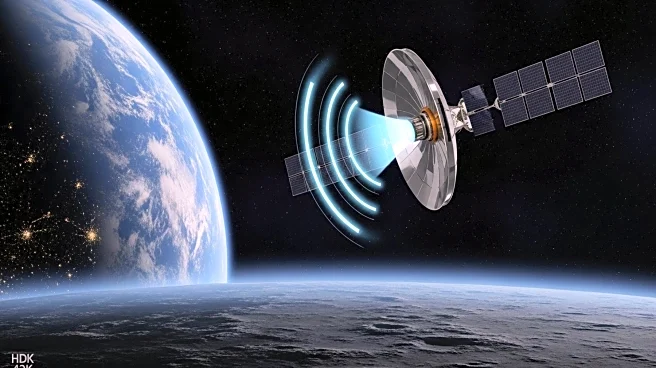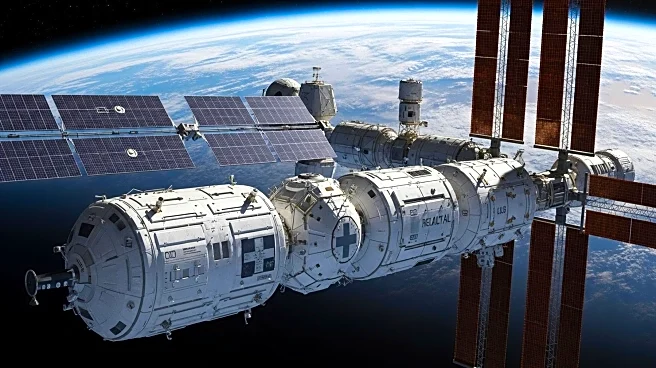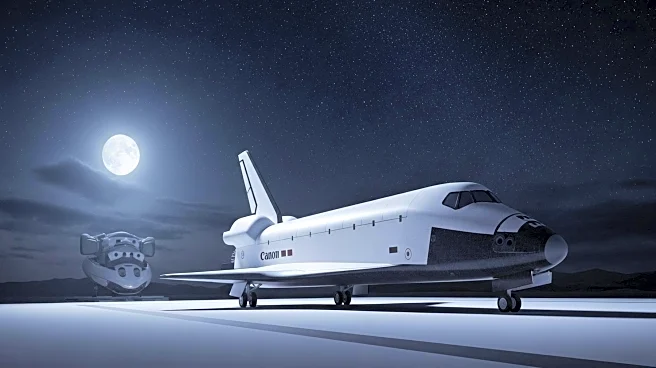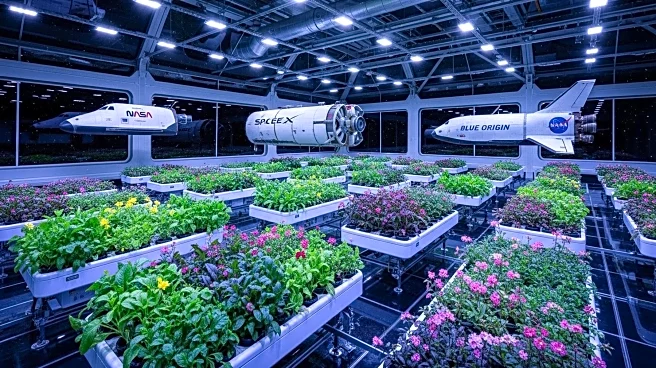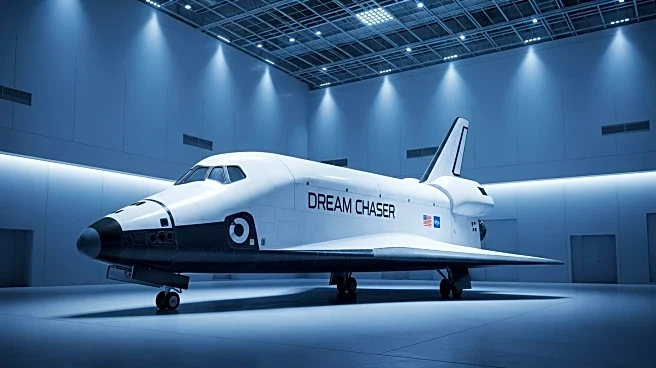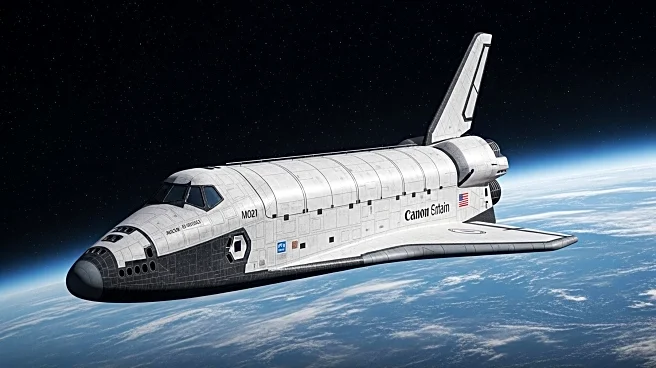What's Happening?
NASA is shifting its approach to commercial space stations by advocating for qualification rather than certification. With the International Space Station set to retire in 2030, NASA is partnering with commercial entities to develop new orbital facilities. The agency has launched initiatives like the Space Act Agreement and the Commercial LEO Destinations program to ensure a continued U.S. presence in low Earth orbit. These programs aim to foster the development of privately owned space stations, which NASA plans to use for research and housing astronauts.
Why It's Important?
This shift in NASA's approach reflects the evolving landscape of space exploration, where commercial entities play a significant role. By focusing on qualification, NASA can streamline processes and reduce costs associated with certifying commercial space stations. This strategy is crucial for maintaining U.S. leadership in space and ensuring the safety of astronauts. The development of commercial space stations also opens opportunities for international collaboration, industrial manufacturing, and space tourism, potentially transforming the low Earth orbit economy.
What's Next?
NASA's new approach may lead to changes in regulatory frameworks and operational practices for commercial space stations. The agency will need to establish clear guidelines for qualification, ensuring that private facilities meet safety and reliability standards. This could involve negotiations with commercial partners to align requirements and expectations. As the retirement of the ISS approaches, NASA's focus will be on ensuring a seamless transition to commercial platforms, avoiding gaps in U.S. orbital capabilities.
Beyond the Headlines
The move towards qualification over certification could impact market dynamics, influencing perceptions of safety and reliability in commercial space stations. This shift may encourage innovation and competition, fostering a diverse ecosystem in low Earth orbit. However, it also poses challenges in terms of liability and risk-sharing between NASA and commercial operators, requiring careful consideration of legal and operational frameworks.

